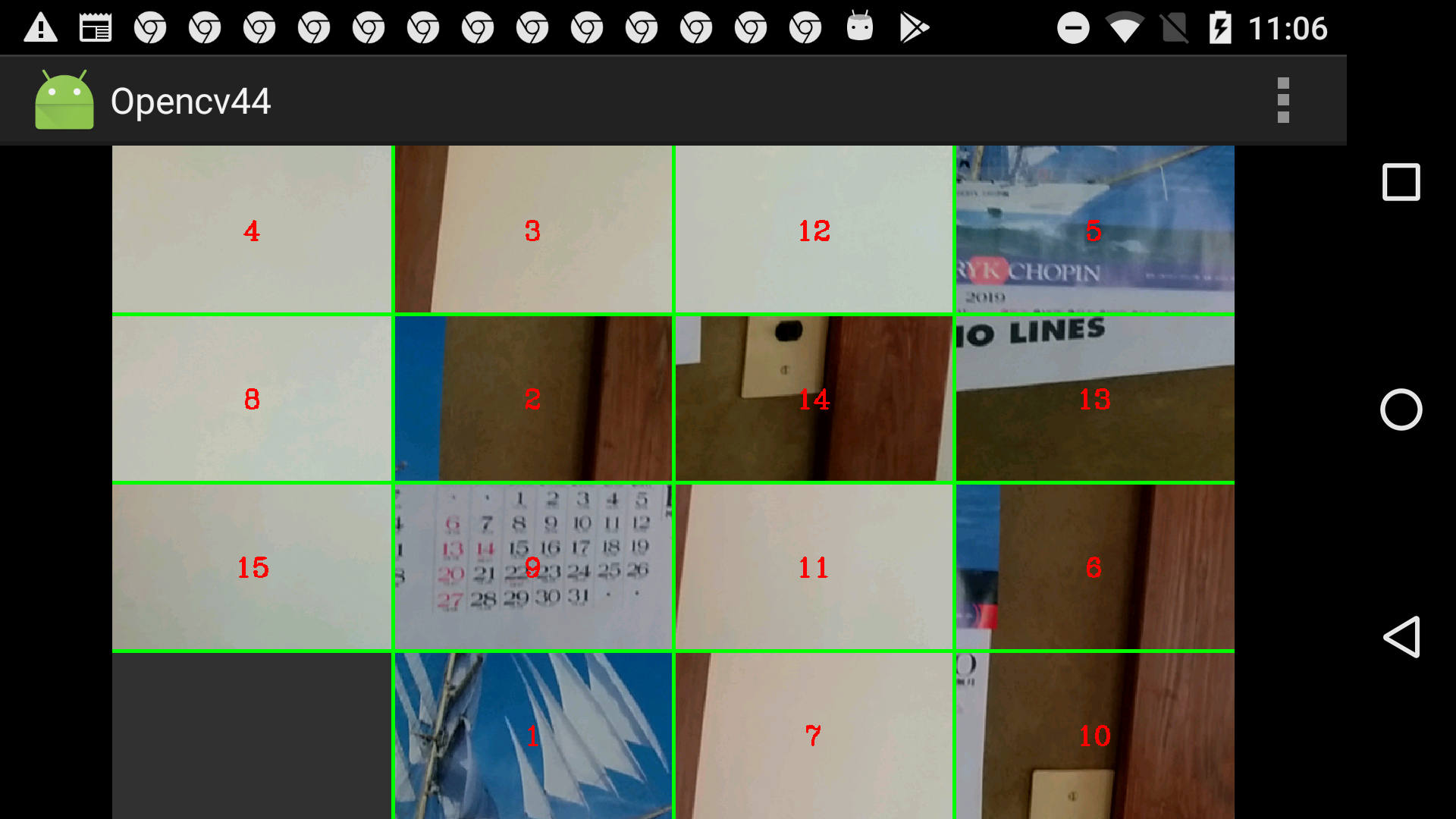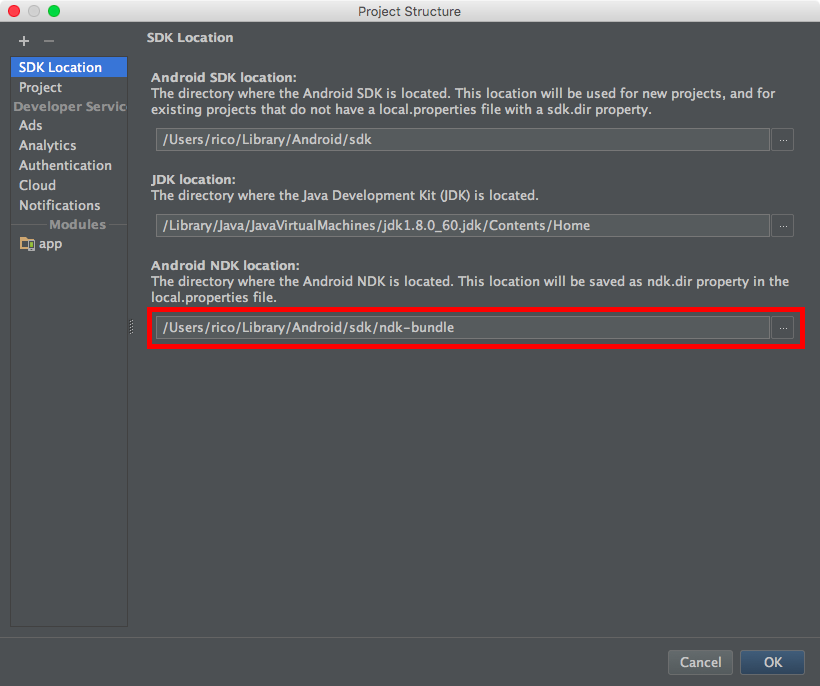

It is not recommended to work in NDK simply because one prefers programming in C or C++ over Java. Therefore, we only stated that it may improve the app’s performance.īefore we decide to use NDK for an Android app, it is good to know that NDK will not benefit most Android apps. In fact, developing in NDK doesn’t guarantee a performance improvement and can actually harm performance at times.

Calling JNI methods introduces extra work for the Dalvik VM and since the code is compiled, no runtime optimization can be applied. The advantages of using native code do not come free. This does not only speed up the development significantly, but also allows us to share code between Android and non-Android projects. The second advantage of NDK is that it allows the porting of existing C and C++ code to Android. The third aspect is that we can optimize the critical code at an assembly level, which is a common practice in desktop software development. With NEON, we can process multiple pixels at one time to reduce the processing time. The naive approach is to apply a conversion formula to every pixel (that is, over two million pixels). Suppose we are to convert a photo of 1920x1280 pixels from the RGB color space to the YCbCr color space. One particular coding task example is the color conversion for a video frame or a photo. The second source for performance improvements at NDK is that native code allows developers to make use of some processor features that are not accessible at Android SDK, such as NEON, a Single Instruction Multiple Data (SIMD) technology, allowing multiple data elements to be processed in parallel. But in many cases, native code still runs faster than Java code. At Android 2.2 or higher, a Just-In-Time (JIT) compiler is added to Dalvik VM to analyze and optimize the Java byte-code while the program is running (for example, JIT can compile a part of the byte-code to binary code before its execution). The performance improvements can come from three sources.įirstly, the native code is compiled to a binary code and run directly on OS, while Java code is translated into Java byte-code and interpreted by Dalvik Virtual Machine (VM).


Many multimedia applications and video games use native code for processor-intensive tasks. This is usually true for many processor-bound applications. The library is based on the code of Mario Klingemann. Android StackBlur is a library that can perform a blurry effect on a Bitmap based on a gradient or radius, and return the result.


 0 kommentar(er)
0 kommentar(er)
